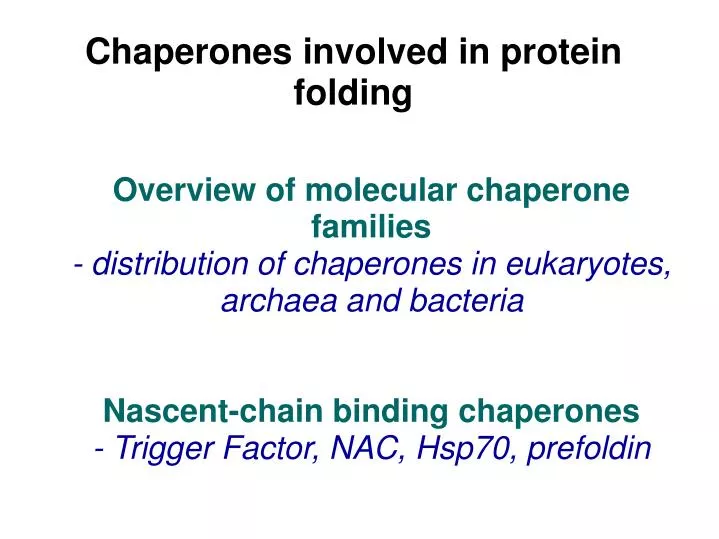

These mice gained less weight, displayed lower levels of adipose tissue inflammation, had better glucose tolerance and insulin sensitivity, and a lower incidence of fatty liver disease, than their peers.įurther, when researchers studied the A-FABP-deficient mice at a molecular level, they found alterations in tissue gene expression and variations in metabolites that were similar to the ones occuring during calorie restriction (CR). Chan School of Public Health scientists genetically engineered mice to lack A-FABPs and found that they fared better against metabolic problems as they aged, compared with mice that had active FABPs in their fat tissue. Human studies indicate that those who are overweight tend to have higher circulating A-FABP levels and these have been associated with metabolic syndrome during a five-year follow-up study, independently of fatness or insulin resistance. Silencing a specific type of A-FABPs called A-FABP4, in particular, has been shown to protect against the development of insulin resistance and aspects of the metabolic syndrome. Previous research suggested that rendering mice A-FABP-deficient reduced their risk of developing type 2 diabetes, even if they were obese to start with or consumed a higher-fat, low-quality diet. These chaperone proteins, known as adipocyte fatty acid-binding proteins (A-FABPs), are carrier proteins that bind fatty acids, transport them within cells, regulate their storage and control lipolysis, their release from storage.Ī-FABPs are also capable of modulating gene expression in fat cells and may be important mediators of inflammation due to their expression in macrophages.


Hyperosmolar hyperglycemic nonketotic syndrome.
#Chaperone proteins how to#
How to bring down high blood sugar levels.


 0 kommentar(er)
0 kommentar(er)
